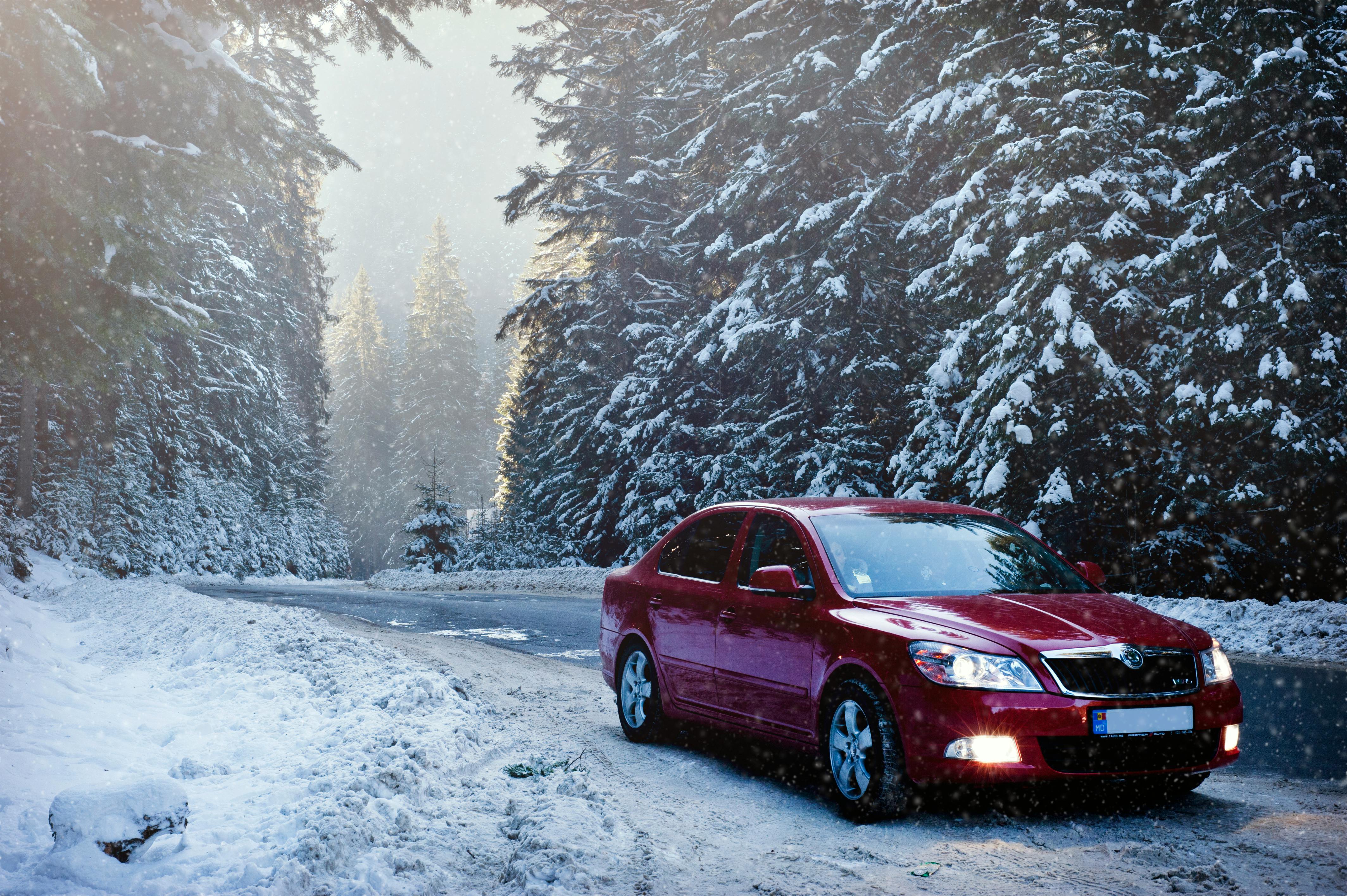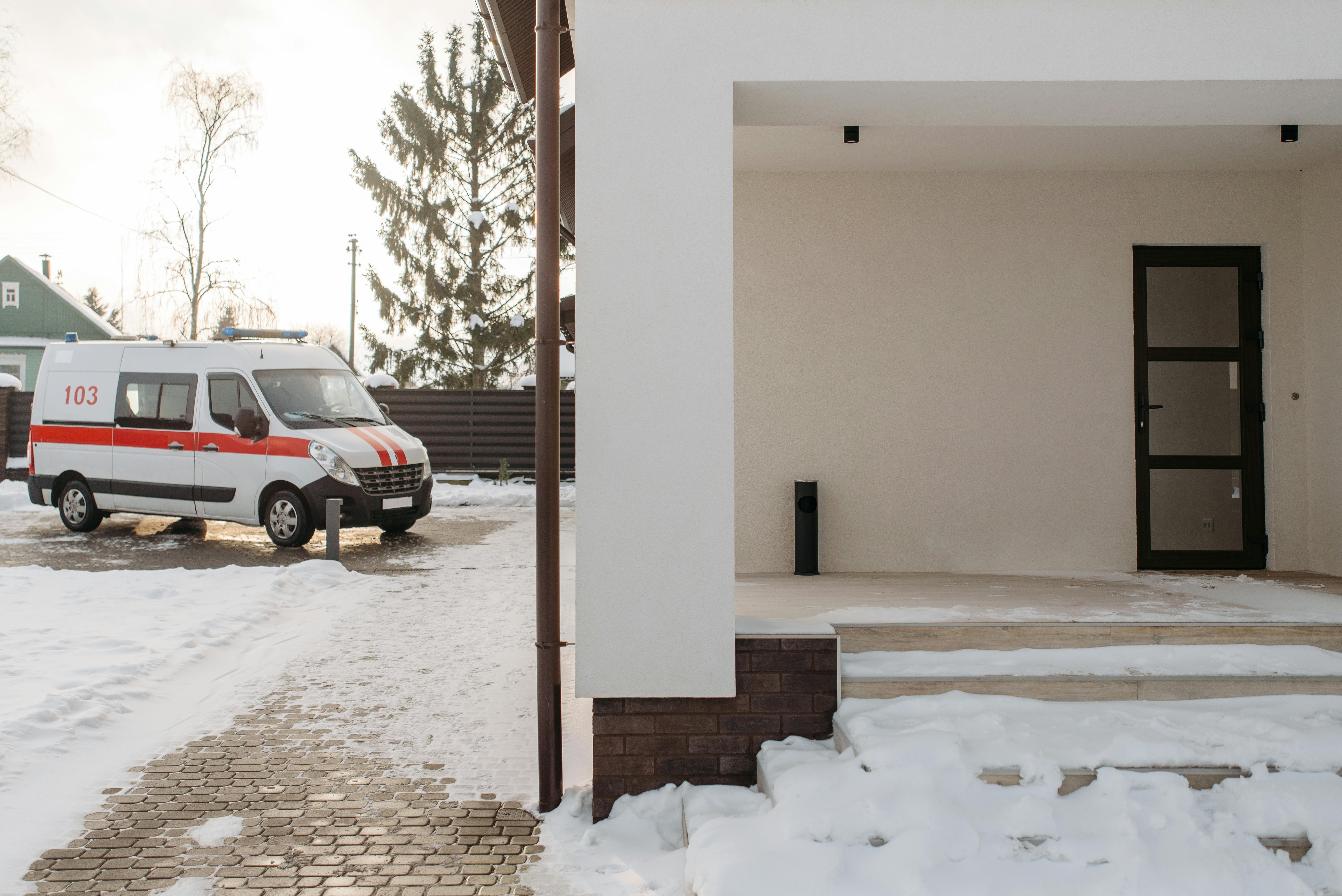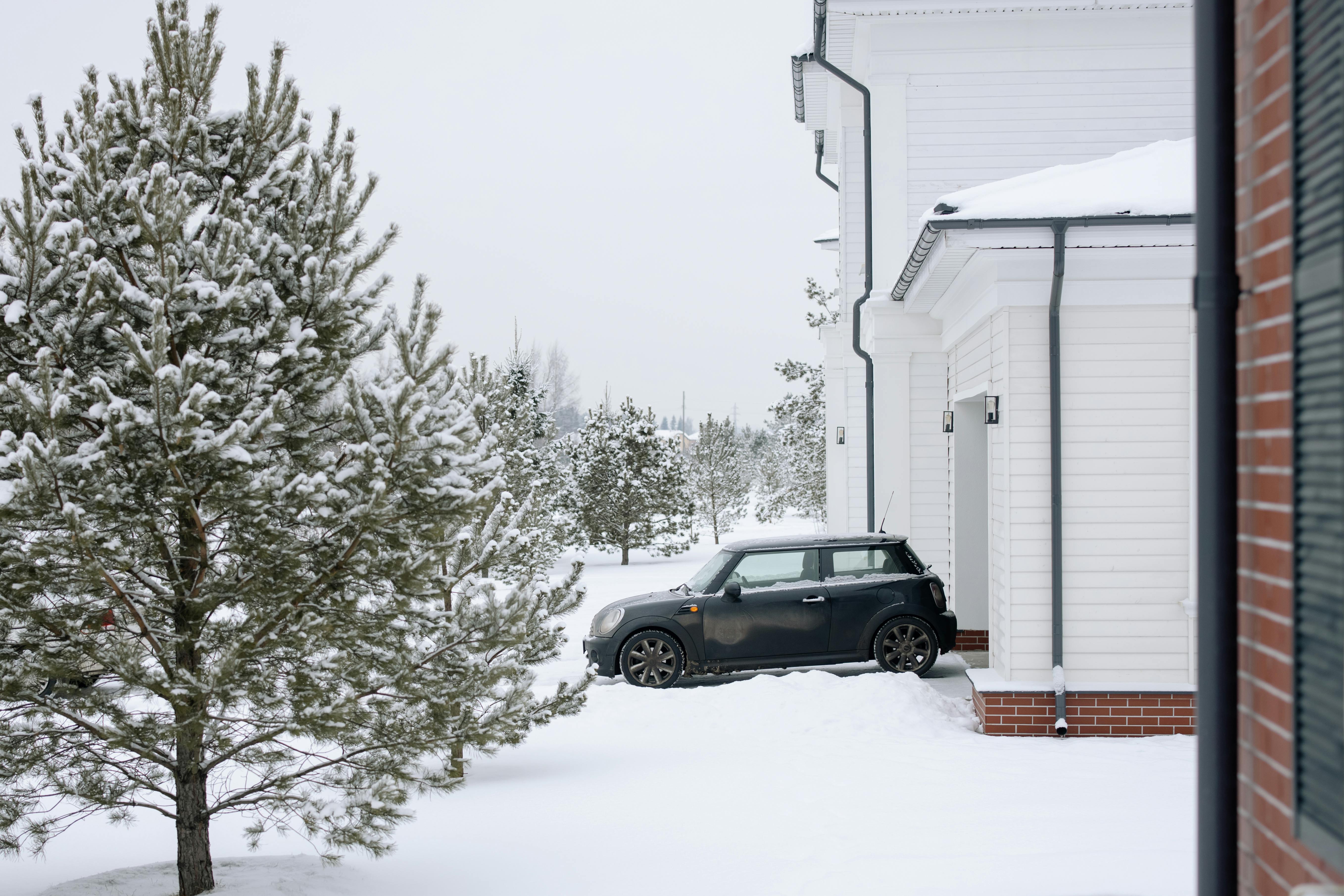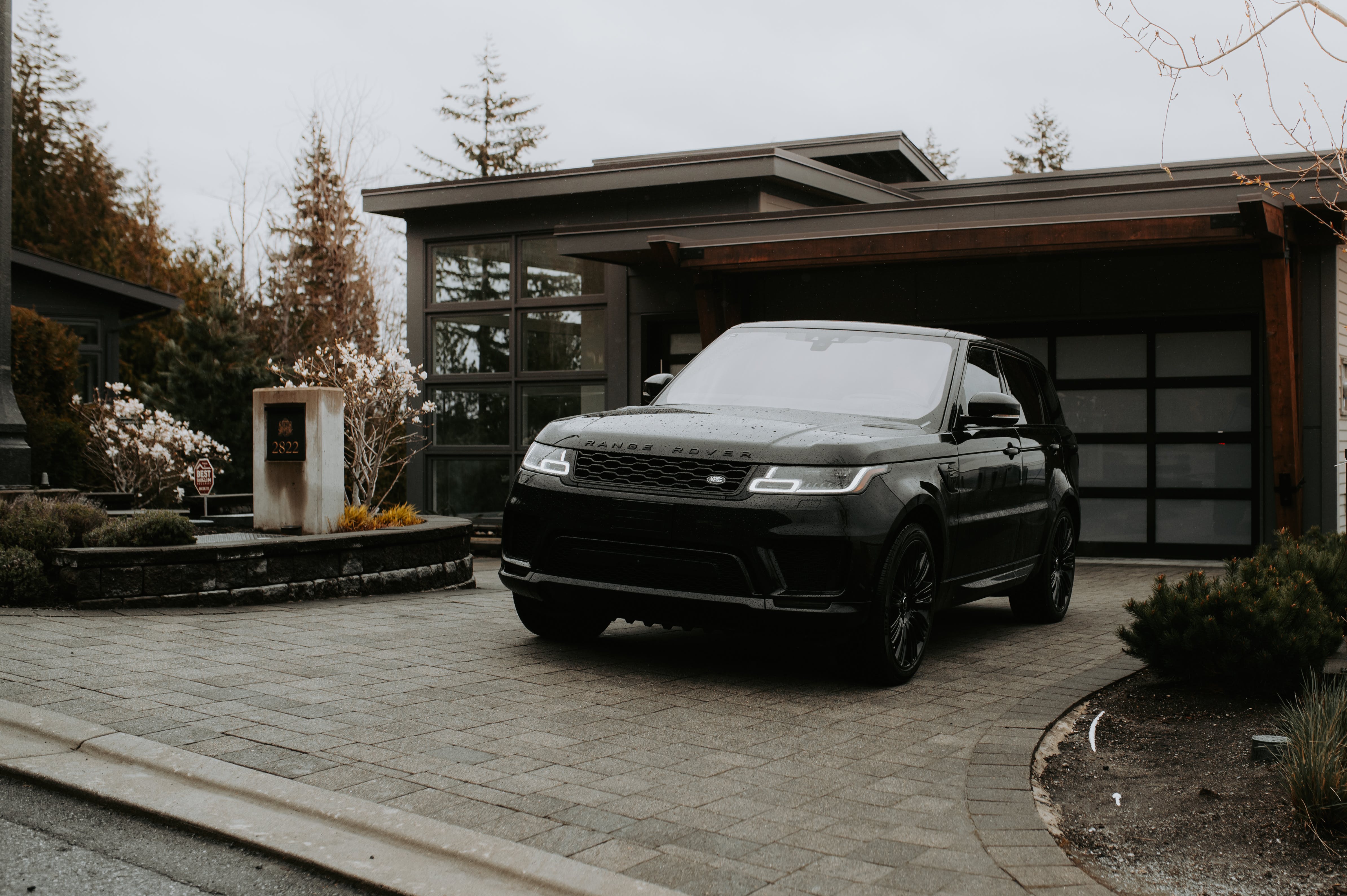How to Protect Your Vehicle When Parked in the Snow
Winter brings snowy landscapes and cozy vibes, but it also brings challenges for vehicle owners. Parking in snowy conditions can lead to frozen windshields, buried tires, and potential damage from ice or salt. Whether you’re heading out for a day at work or leaving your car parked overnight, it’s essential to take steps to protect your vehicle from harsh winter elements.
In this blog post, we’ll explore practical ways to safeguard your car when parked in the snow. From using ParkingForMe to secure covered parking to prepping your vehicle with essential winter tools, these tips will help keep your car safe and ready to go, no matter the weather.
1. Use ParkingForMe to Find Sheltered or Covered Parking
One of the best ways to protect your car in the snow is by parking it in a sheltered or covered area. These spots offer protection from heavy snowfall, ice buildup, and falling debris, saving you time and effort when you need to hit the road.
How ParkingForMe Makes It Easy:
- Search for Covered Parking: With ParkingForMe, you can filter parking options to find covered garages or lots near your destination. This feature is especially useful during snowstorms when open lots can leave your vehicle exposed.
- Book in Advance: Snowy weather can lead to high demand for covered parking spots. Use ParkingForMe to reserve your space ahead of time, ensuring you have a safe place to park when you arrive.
- Access Secure Locations: ParkingForMe also highlights spots with additional security features, such as lighting, cameras, and gated access, giving you peace of mind about your vehicle’s safety.
Benefits of Covered Parking:
- Protection from Snow and Ice: Keeps your car free from snow buildup and reduces the risk of icy windshields.
- Avoid Damage from Falling Debris: Sheltered areas protect your car from falling ice or branches, which can cause dents or cracks.
- Reduced Exposure to Salt and Corrosion: Parking under cover helps minimize exposure to road salt, which can cause rust and corrosion over time.
2. Prep Your Car with Windshield Covers and Antifreeze
Preparing your vehicle before parking it in the snow can save you a lot of time and effort later. Simple tools like windshield covers and antifreeze can make a significant difference in protecting your car from winter’s worst effects.
Use Windshield Covers:
A windshield cover acts as a protective barrier between your glass and the snow, preventing ice from forming on the surface. These covers are easy to install and remove, saving you from the tedious task of scraping ice off your windshield on freezing mornings.
How to Use a Windshield Cover:
- Lay the cover across your windshield and secure it with straps or clips.
- Choose a cover designed for extreme weather to ensure it stays in place during heavy snow or strong winds.
- When you’re ready to drive, simply remove the cover to reveal a clear windshield.
Top Off Your Antifreeze:
Antifreeze prevents the water in your car’s cooling system from freezing in cold temperatures. Without it, your engine could overheat or suffer damage due to frozen components.
Tips for Using Antifreeze:
- Check your vehicle’s coolant levels regularly during the winter.
- Use a 50/50 mix of antifreeze and water for optimal performance in freezing temperatures.
- If you’re unsure about your antifreeze levels, have a mechanic inspect your car before winter sets in.
Benefits of Prepping Your Car:
- Save Time: No need to scrape or defrost your windshield in the morning.
- Protect Your Engine: Antifreeze ensures your engine runs smoothly, even in subzero temperatures.
- Avoid Long-Term Damage: Proper preparation minimizes wear and tear caused by snow and ice.
3. Choose Parking Spots with Proper Lighting and Maintenance
Not all parking spots are created equal, especially in snowy weather. Choosing a well-lit and well-maintained parking area can significantly improve your car’s safety and your overall experience.
Why Lighting Matters:
- Improved Visibility: Well-lit parking lots make it easier to see potential hazards, such as icy patches or uneven surfaces.
- Enhanced Security: Brightly lit areas deter theft and vandalism, keeping your car safe while parked.
- Safe Navigation: Lighting helps you find your car and navigate the lot safely, especially in early mornings or after dark.
How to Identify Well-Maintained Parking Areas:
- Look for Regular Snow Removal: Parking lots that are regularly cleared of snow and salted are safer and easier to use. Check ParkingForMe reviews to find lots with reliable maintenance.
- Choose Managed Lots: Professionally managed lots are more likely to prioritize snow removal and maintenance during winter weather.
- Avoid Low-Lying Areas: Parking in low-lying spots can lead to water pooling, which may freeze and create slippery conditions.
Benefits of Choosing the Right Parking Spot:
- Avoid Accidents: Well-maintained lots reduce the risk of slipping or skidding on ice.
- Protect Your Vehicle: Clean and level surfaces minimize wear and tear on your car’s tires and undercarriage.
- Peace of Mind: Knowing your car is parked in a safe, well-lit area allows you to focus on your day without worry.
4. Check for Snow-Clearing Schedules in Parking Lots
Many parking lots and garages have designated snow-clearing schedules to ensure they remain accessible during winter storms. Familiarizing yourself with these schedules can help you avoid inconveniences like blocked exits or buried cars.
How to Check Snow-Clearing Schedules:
- Use ParkingForMe for Information: ParkingForMe listings often include details about snow-clearing schedules and maintenance practices.
- Ask Lot Managers: If you’re parking in a managed lot, inquire about their snow-clearing routines and any specific guidelines for winter parking.
- Monitor Weather Updates: Keep an eye on the forecast and plan your parking accordingly. Lots with regular snow-clearing services are ideal during heavy snowfall.
Pro Tip:
Avoid parking near snowbanks or plow routes, as your car could end up blocked by piles of snow or at risk of damage from plowing equipment.
Additional Winter Parking Tips
Here are a few more tips to keep your car safe and ready during snowy weather:
- Use Tire Covers: Protect your tires from ice buildup with specially designed covers.
- Park Facing the Sun: If possible, park in a spot that gets sunlight to help melt ice and snow naturally.
- Keep Emergency Supplies: Carry essentials like a snow brush, ice scraper, and portable shovel in case you need to clear your car.
Parking in snowy conditions doesn’t have to be a hassle. By taking proactive steps to protect your vehicle and choosing the right parking spots, you can minimize the impact of winter weather and ensure your car remains safe and functional.
ParkingForMe makes it easy to find covered, well-maintained parking spaces near your destination, so you can focus on staying warm and stress-free. Combine this with practical tools like windshield covers, antifreeze, and snow-clearing schedules, and you’ll be ready to face any winter storm with confidence.
Download ParkingForMe today and make winter parking simple, safe, and convenient!





